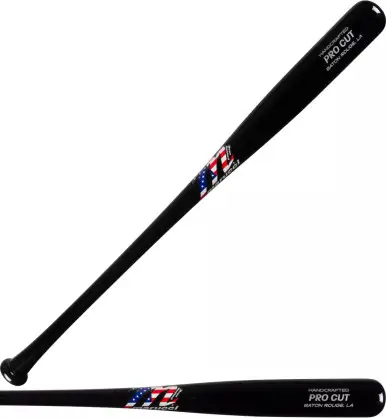Popular Baseball Bat Models
See more Popular Baseball Bat Models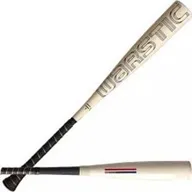
Warstic Bonesaber
188 Available

Louisville Slugger Atlas
214 Available

Louisville Slugger Select PWR
277 Available

Easton ADV 360
360 Available
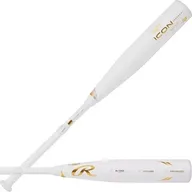
Rawlings Icon
400 Available
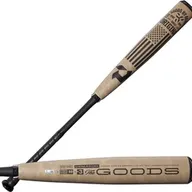
DeMarini The Goods
985 Available

Marucci CAT X
741 Available
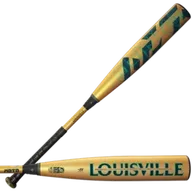
Louisville Slugger Meta
1634 Available

Marucci CAT X Connect
296 Available

DeMarini CF
1072 Available
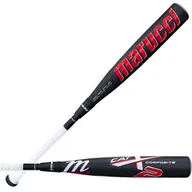
Marucci CAT9
1050 Available
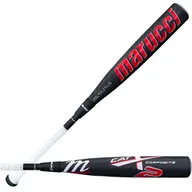
Marucci CAT X Composite
704 Available
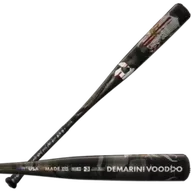
DeMarini Voodoo One
656 Available
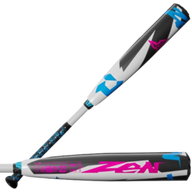
DeMarini CF Zen
675 Available
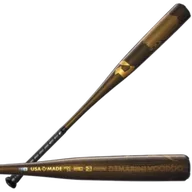
DeMarini Voodoo
498 Available
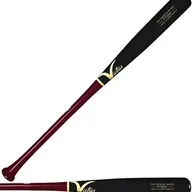
Victus Tatis
44 Available

DeMarini Zoa
577 Available

Rawlings Clout AI
57 Available

Victus Vibe
213 Available
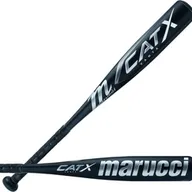
Marucci CAT X Vanta
155 Available
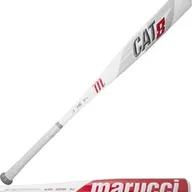
Marucci CAT8
495 Available
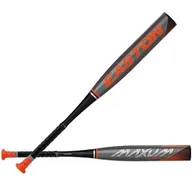
Easton Maxum Ultra
79 Available
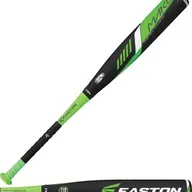
Easton Mako
774 Available
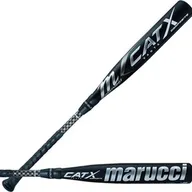
Marucci CAT
646 Available

Easton Speed
297 Available
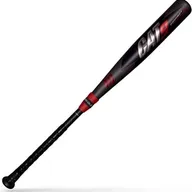
Marucci CAT9 Connect
379 Available
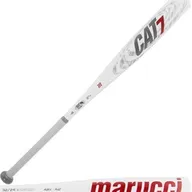
Marucci CAT7
308 Available
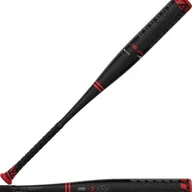
Easton Alpha ALX
259 Available
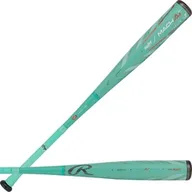
Rawlings Mach AI
123 Available
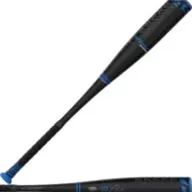
Easton Encore Hybrid
56 Available
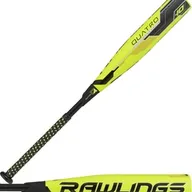
Rawlings Quatro
111 Available
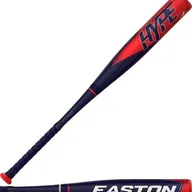
Easton ADV Hype
270 Available
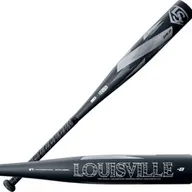
Louisville Slugger Solo
328 Available
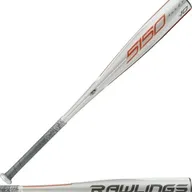
Rawlings 5150
384 Available
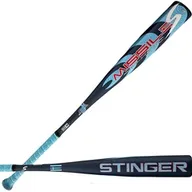
Stinger Stinger Missile
56 Available
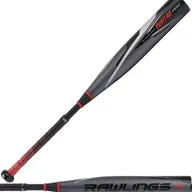
Rawlings Quatro Pro
124 Available
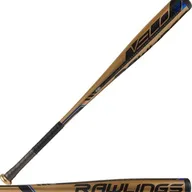
Rawlings Velo
472 Available

Victus Nox
434 Available

Victus Vandal
219 Available
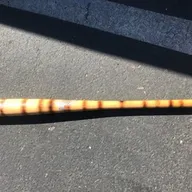
Other Unknown Brand Custom
55 Available
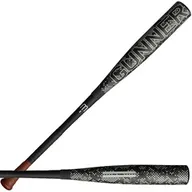
Warstic Gunner
63 Available

Easton MAV1
201 Available
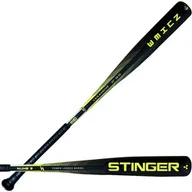
Stinger Nuke
56 Available
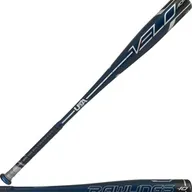
Rawlings Velo ACP
126 Available

Easton Z-Core
85 Available
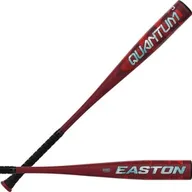
Easton Quantum
135 Available
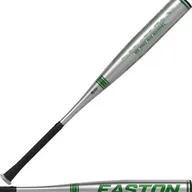
Easton B5 Pro
79 Available

Easton Rope
80 Available
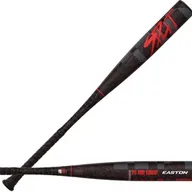
Easton SPLIT
53 Available
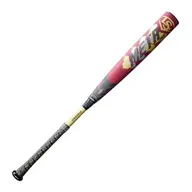
Louisville Slugger Meta PWR
48 Available
Trending Bat Listings
See more
MMATT152

larrydmartinez7

Diego_Palomo09
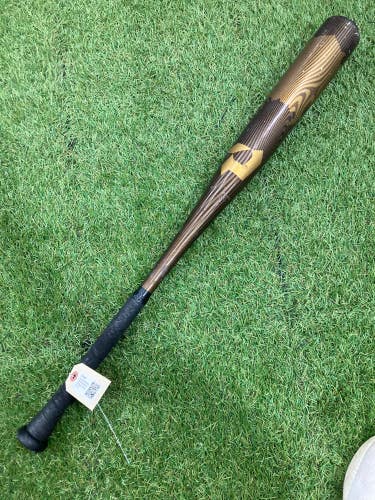
EmpireSports

KyeL7

sportsxchange
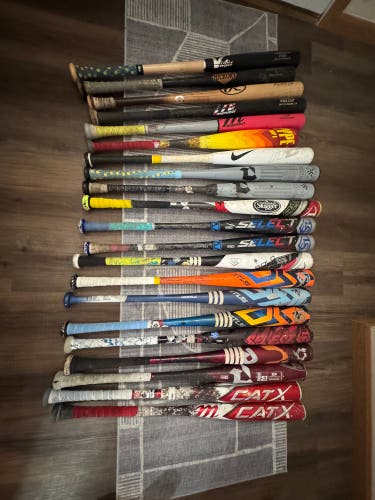
Gaitheraidan

jakescherrer
IMMACULATE - 2024 DeMarini Voodoo One BBCOR Certified Bat (-3) Alloy 29 oz 32" (Used)
$130
Retail price: $400
Talley118

Ethan_James

813_bats
Shop by Bat Certification
BBCOR Certified Baseball BatsBBCOR CertifiedUSSSA Certified Baseball BatsUSSSA CertifiedTraining Baseball BatsTraining BatsUSA Certified Baseball BatsUSABat Certified
3,030 Results

zswanger1

njdefelice45

Jimbo2raw
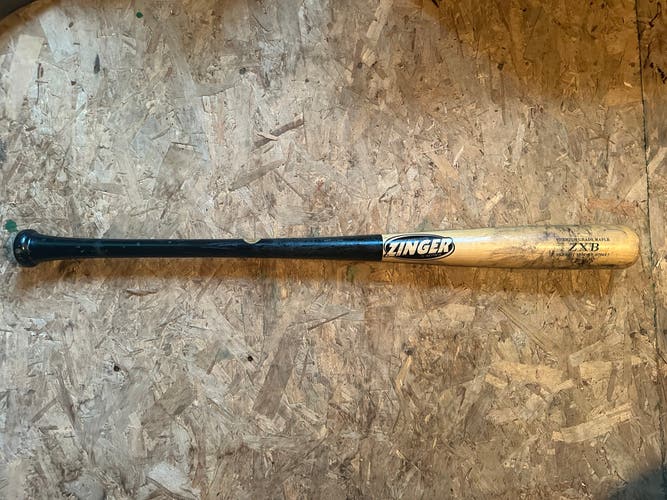
seth14wb
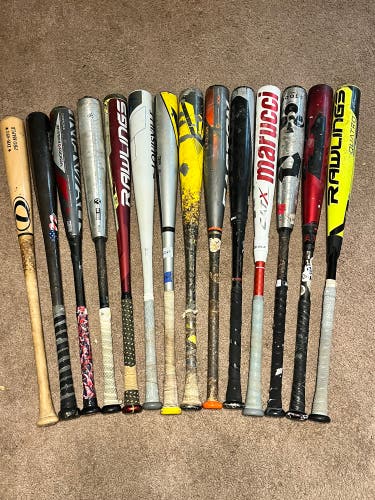
ballboy643
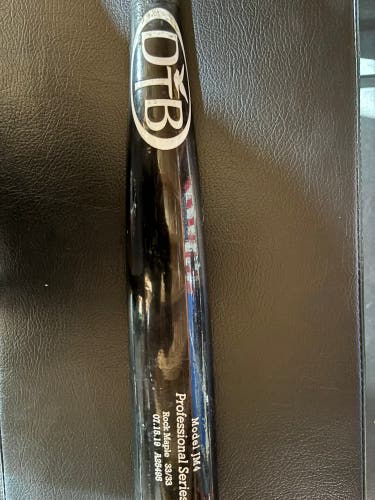
jwhow13579

701_BallGloves
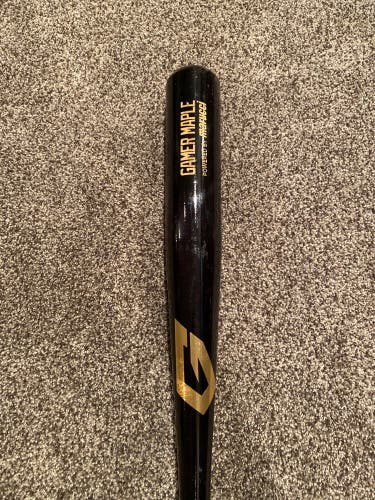
Austinschneid24
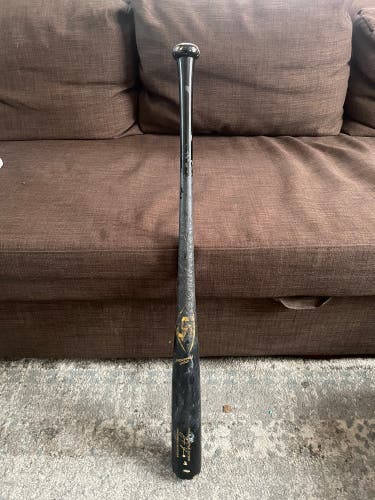
ryneles13
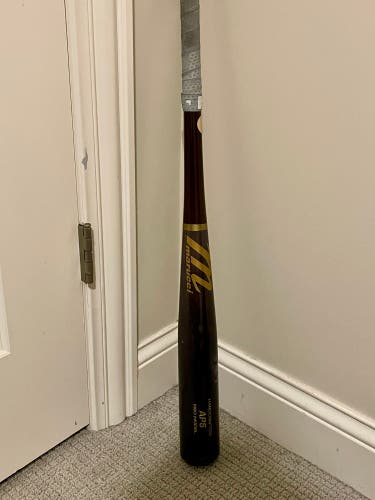
773_ballgloves
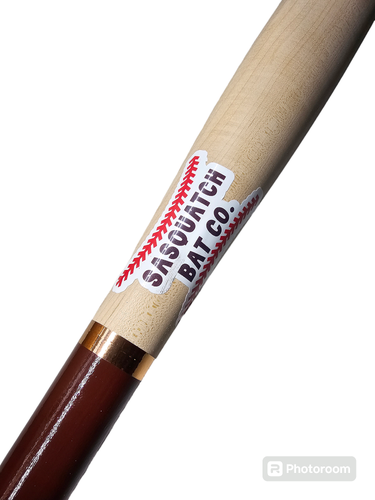
sasquatchbatco
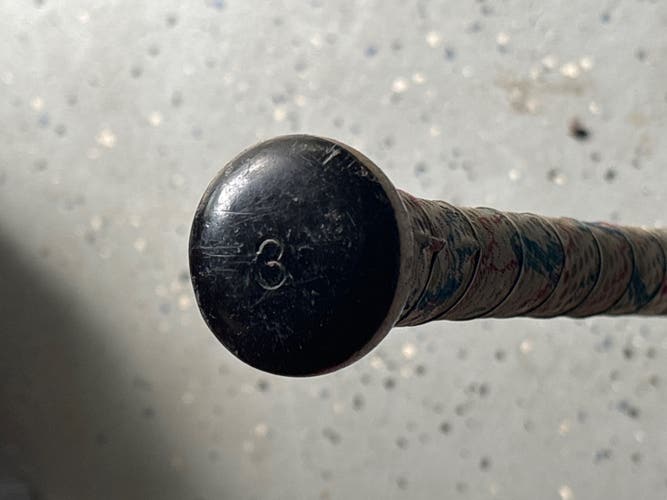
Baseboy73774

Kraken_Sports

evbrooks

PIAS_MADISON
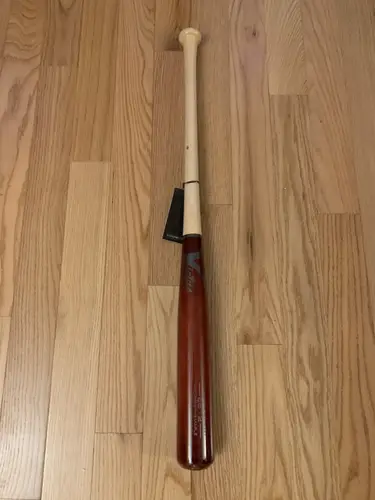
Rochesterbats
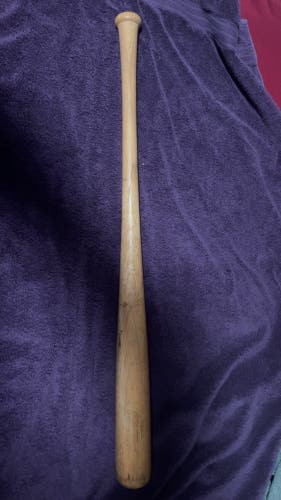
Ryponsford
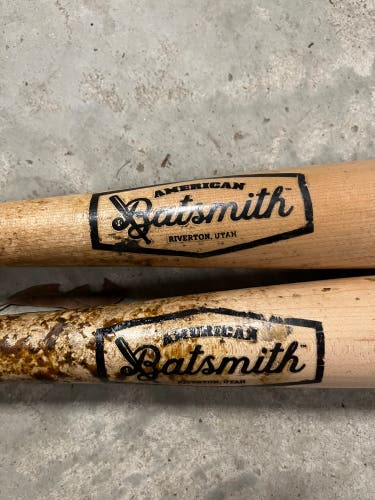
Mikeyfarris22
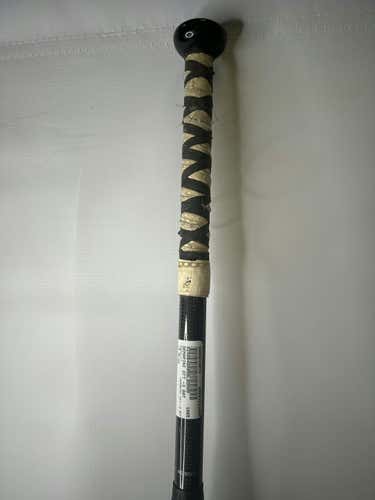
PIA_Valdosta
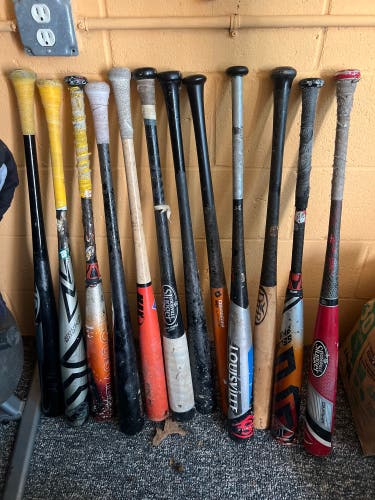
MudBoy2020v

joebecker0621
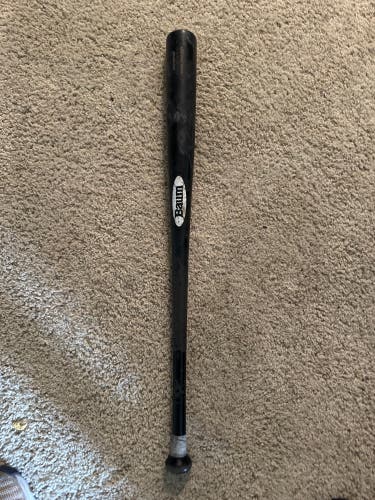
FilipinoBambino
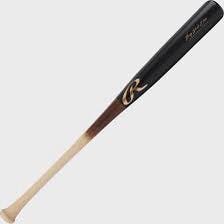
CadetsBaseball

PIAS11831

blowout_bargains

Tvas__
Related Articles
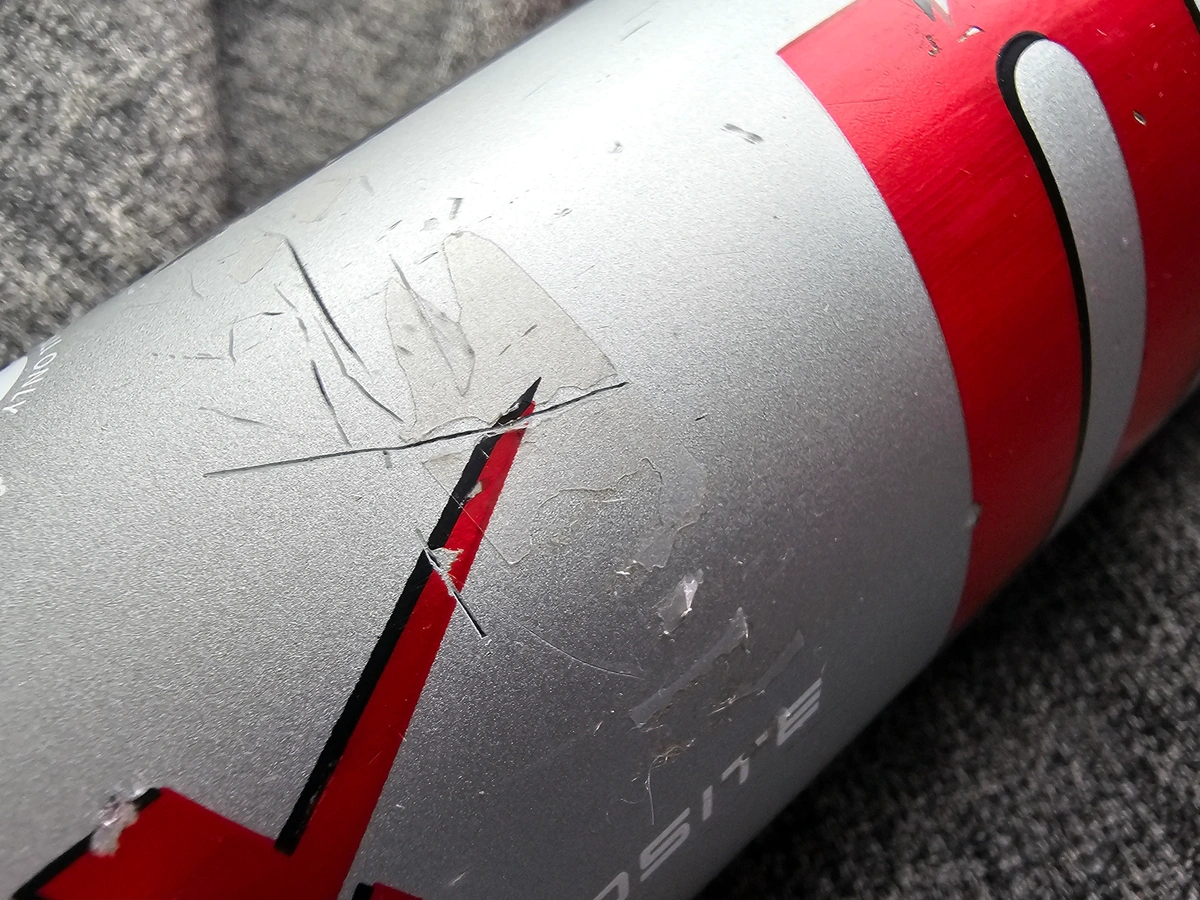
Signs You Need to Replace Your Baseball Bat
A trusty bat, perfectly balanced and broken in, allows you to unleash powerful hits with confidence. But even the most cherished bat can't last forever.
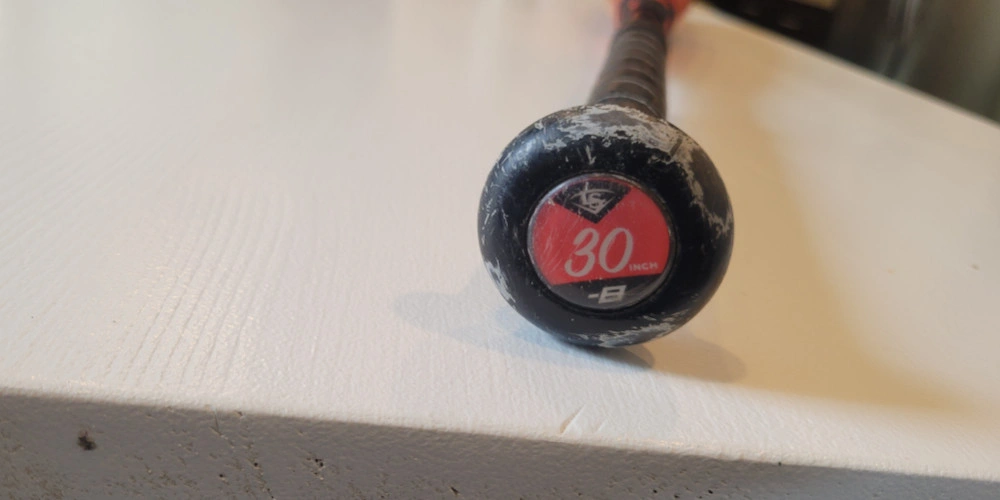
Buying a Used Baseball or Softball Bat
Looking to save big on used bats? Here's a brief checklist that our trade-in team uses to determine whether a used baseball or softball bat is worth buying.
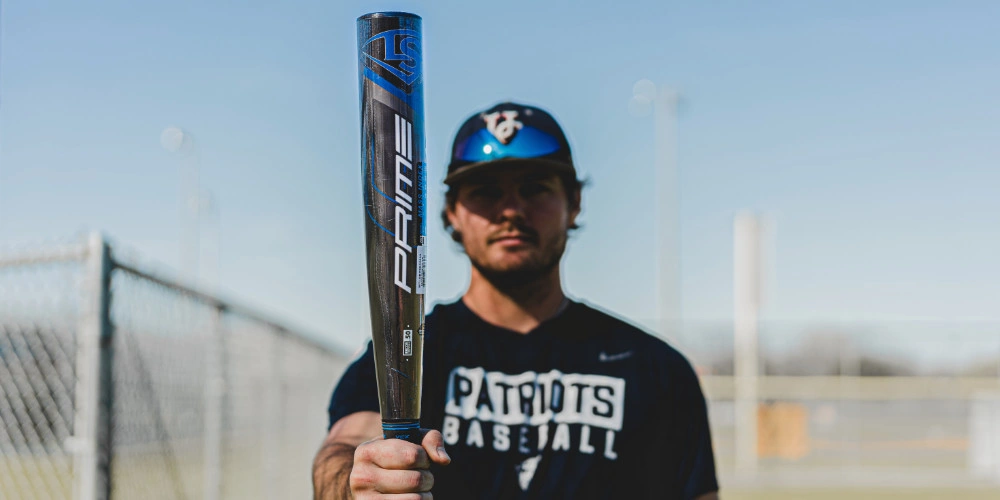
How to Ship A Baseball Bat
If you're looking to sell your bat, we've got a few tips to help you ship them safely.




